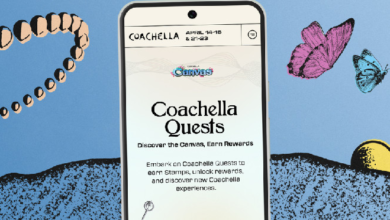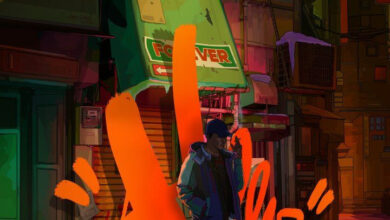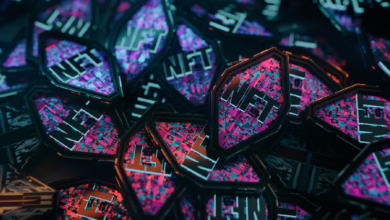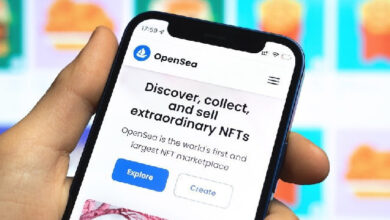Snapchat Selfies Just Got a Makeover with ‘Dreams’ Feature
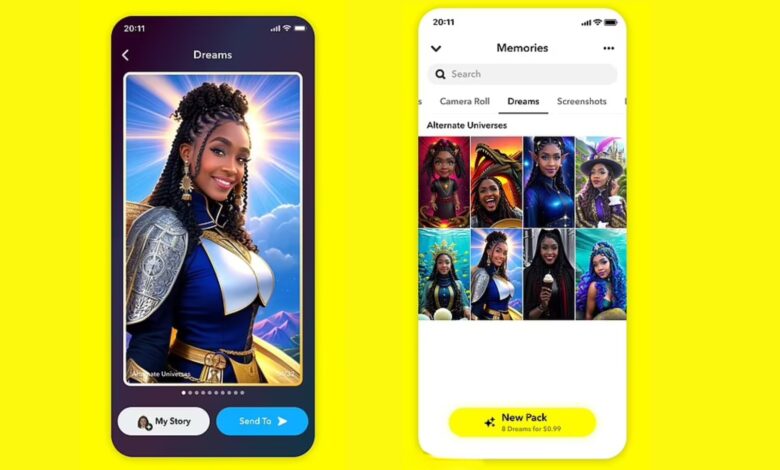
Snapchat just joined the artificial intelligence (AI) playing field, announcing its new AI-selfie feature, “Dreams,” on August 29, powered by open-source technology.
This latest addition, found within the Memories section of Snapchat’s camera roll, allows users to explore generative AI-generated selfies, but will initially rollout to Australia and New Zealand’s user base. However, Snap Inc., the parent company of Snapchat, expects to expand the roll-out to users worldwide in upcoming weeks.
The rollout of Dreams began in Australia and New Zealand, with availability expanding to users worldwide in the upcoming weeks.
Dreams comes on the heels of Snap’s earlier release of the My AI chatbot and is an attempt to capture the popularity of AI-enhanced selfies like those found on apps such as Lensa.
When Lenses first arrived on the platform in 2015, Snapchat users had fun changing their look and style through augmented reality (AR) – including “sprouting dog ears” and changing their hair color.
Creating Your Own ‘Dream’
To use Dreams, users upload a series of personal selfies within the app, specially tailored for the feature. Snapchat then offers a selection of themed packs, each containing eight AI-generated photos.
Themes include concepts like doppelgangers or back-to-school looks. While the first Dreams pack is complimentary, additional packs can be acquired for $1 through in-app purchases.
According to Jack Brody, Snap’s VP of Product, Dreams aligns with Snapchat’s playful and creative approach to engaging its user base.
Snap gave The Verge’s Alex Heath early access to Snapchat’s Dreams feature to try for his editorial review, where he said it took about 30 minutes for him to receive his generated Dream images after uploading his selfie and agreeing to its Terms of Service.
A major takeaway from the Dreams’ Terms of Service is that Snapchat users are not allowed to buy Dreams for anyone else’s Snapchat account, but they are able to share Dreams on and off the platform. If a user decides to share Dreams off of Snapchat, they must keep the watermark and/or any other features or logos that are embedded in their final Dreams output.
However, according to Heath, the results were a mixed bag in terms of resemblance to his original photo.
“Several of the Dreams I received didn’t really look like me, although there were a couple of funny ones I would consider sharing as a joke,” Heath said in his review. “Most of the images didn’t seem to capture my likeness relative to the selfies I’ve made in Lensa and other AI apps. He added that the second doppelganger-themed pack he tried produced results that “were all over the place.”
Snap also emphasized that users cannot create their own Dreams with custom prompts for now. Brody hinted that more AI options would “arrive eventually,” akin to the way the company expanded its Lens offerings to include community-created designs.
“If you look at the way we approached AR, for instance, all of the Lenses that we created when we first launched were made in-house,” Brody told The Verge. “Over time, we did open this up to the community and we have a robust process for ensuring that community Lenses conform with our community guidelines and are also loved by the community. So, I think when you look at Dreams, that’s the way we’re approaching it.”
Brody also told The Verge that each art style it currently offers was made by Snap employees.
The company also plans to allow users to include friends in their Dreams, with users consenting to this even before using Dreams in single-player mode. The terms of service also hint at Sponsored Dreams, suggesting that larger IP franchises and brands may soon become part of the Dreams experience.
Despite not grabbing headlines as often as some of its competitors, Snapchat maintains a substantial user base. In July, Snap reported 397 million daily active users (DAU) in the last quarter, and is expecting DAU to reach between 405 million and 406 million by the third quarter, according to CNBC.
Similar to much of big tech having to cut back on costs and labor, Snap implemented its cost-cutting plan in 2022, laying off 20% of the company’s overall workforce of 6,400 at the time. As of June 30, 2023, Snap reported having 5,286 full-time workers.
With the launch of Dreams, Snapchat is looking to solidify its position as an AI contender in the social media landscape.
Editor’s note: This article was written by an nft now staff member in collaboration with OpenAI’s GPT-4.


